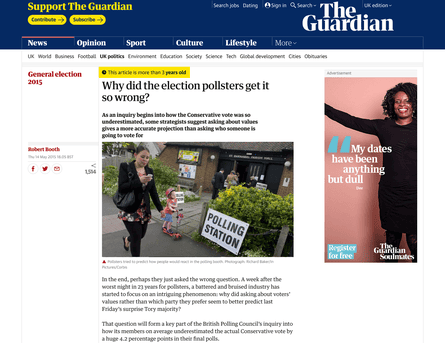The Single Strategy To Use For News Articles
The Single Strategy To Use For News Articles
Blog Article
The 10-Minute Rule for News Articles
Table of ContentsThe Single Strategy To Use For News ArticlesThe Best Guide To News ArticlesAll about News ArticlesThe Single Strategy To Use For News ArticlesThe Facts About News Articles Uncovered
Great knowledge of different topics offers trainees an affordable side over their peers. Despite the fact that electronic and social networks are conveniently available, we must not forget how crucial it is to read the papers. Moms and dads need to attempt and instill the habit of reading a paper as an everyday routine to continue the heritage of the revered print medium.Information stories likewise include at the very least one of the complying with vital qualities relative to the desired audience: distance, prominence, timeliness, human rate of interest, anomaly, or consequence. The related term journalese is sometimes used, generally pejoratively, to refer to news-style writing. One more is headlinese. Papers normally comply with an expository writing design.
Within these limits, information stories additionally intend to be comprehensive. Among the bigger and more respected newspapers, justness and balance is a major factor in presenting details.
Papers with an international target market, for example, have a tendency to use a more formal design of writing. The specific options made by an information outlet's editor or editorial board are often accumulated in a style guide; usual design guides consist of the and the US News Style Book. The main goals of news writing can be summed up by the ABCs of journalism: accuracy, brevity, and clearness.
The Best Guide To News Articles
As a guideline, journalists will certainly not utilize a long word when a short one will do. Information authors attempt to avoid making use of the very same word much more than once in a paragraph (in some cases called an "echo" or "word mirror").
Headings often leave out the topic (e.g., "Leaps From Watercraft, Catches in Wheel") or verb (e.g., "Pet cat woman lucky"). A subhead (likewise subhed, sub-headline, subheading, caption, deck or dek) can be either a subservient title under the major headline, or the heading of a subsection of the short article. It is a heading that comes before the main message, or a group of paragraphs of the primary text.

Added signboards of any of these types may appear later in the article (particularly on succeeding web pages) basics to lure more reading. Such billboards are likewise used as tips to the short article in various other sections of the magazine or site, or as advertisements for the piece in various other magazine or websites. Common framework with title, lead paragraph (summary in bold), various other paragraphs (details) and get in touch the original source with details.

Instance of a hard-lead paragraph NASA is recommending an additional area job. The company's budget request, announced today, consisted of a strategy to send out one more mission to the Moon. This time the agency wishes to develop a long-lasting facility as a jumping-off place for other space journeys. The spending plan demands roughly $10 billion for the project.
The NASA announcement came as the firm requested $10 billion of appropriations for the project. An "off-lead" is the 2nd essential front web page news of the day. The off-lead appears either in the top left edge, or directly listed below the lead on the. To "hide the lead" is to begin the article with history information or information of additional significance to the viewers, requiring them to read even more deeply into a short article than they should need to in order to discover the essential factors.
Fascination About News Articles
Common usage is that one or more sentences each create their own paragraph. Reporters usually explain the company or framework of a news tale as an inverted pyramid. The essential and most fascinating elements of a tale are placed at the start, with supporting details adhering to in order of lessening relevance.
It enables individuals to check out a topic to only the depth that their inquisitiveness takes them, and without the imposition of details or nuances that they might think about unnecessary, but still making that information offered to a lot more interested viewers. The upside down pyramid framework likewise allows posts to be cut to any type of arbitrary length during layout, to suit the room readily available.
Some authors begin their tales with the "1-2-3 lead", yet there are lots of type of lead available. This format invariably begins with a "5 Ws" opening up paragraph (as explained above), followed by an indirect quote that offers to sustain a significant aspect of the very first paragraph, and after that a direct quote to sustain the indirect quote. [] A kicker can describe numerous points: The last story in the news program; a "satisfied" tale to end the show.
Longer articles, such as publication cover short articles and the items that lead site the inside areas of a newspaper, are understood as. Feature tales differ from straight news in numerous methods.
The 8-Minute Rule for News Articles
A feature's first paragraphs typically associate an intriguing moment or event, as in an "anecdotal lead". From the particulars of a person or episode, its view swiftly expands to generalizations concerning the tale's topic.
The Editor's Toolbox: A Referral Guide for Beginners and Professionals (2001) Allan M. Siegal and William G. Connolly. The New York City Times Manual of Design and Usage: The Authorities Style Overview Used by the Writers and Editors of the Globe's Many Reliable Newspaper (2002) M. L. Stein, Susan Paterno, and R.
Report this page